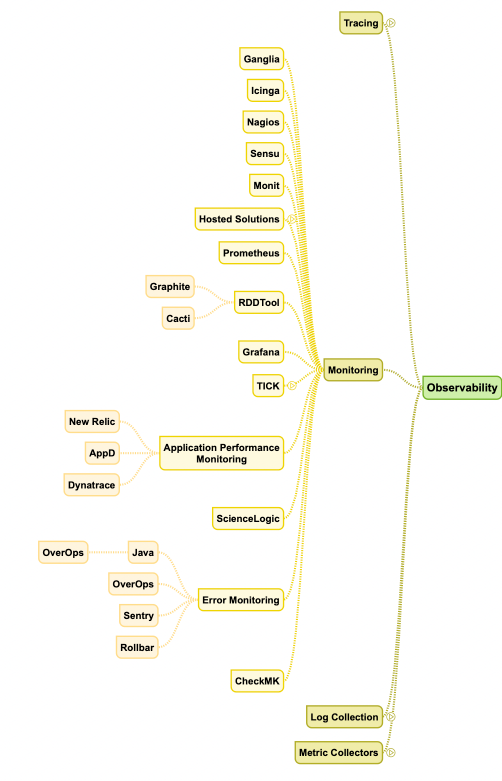It looks like I've linked you here myself. Linking people to a blogpost I wrote is often a bit akward, especially at work.
I likely shared this blog in an attempt to further a conversation. Usually the post does a better job at succinctly sharing information than I could by talking.
In any case, I hope me sharing this post doesn't come across as humblebragging, that's really the opposite of what I'm trying to achieve.
Thanks for reading!
Software Engineering Capability Taxonomy2 min read
Building blocks for software engineering organizations
In the last few years, I’ve been closely involved with various Software Development LifeCycles (SDLC), DevOps and Agile transformations, and internal Developer Enablement and Developer Relationship (DevRel) teams.
One of the things that has come up every time, is the need for a good Software Engineering Capability Taxonomy. A list of competences and supporting technology an organization needs to build modern and secure software in a consistent and efficient way.
After it’s compiled, this taxonomy can then be used to identify gaps, dependencies, duplication and required improvements. It’s the starting point to have a more structured conversation around DevOps tooling, systems, processes and training.
There are a lot of sources online that give you (partial) taxonomies:
- Cloud Native Landscape
- AWS Product directory
- Stackshare
- Gitlab’s Tech Stack
- Tools of the Trade
- Technology Radars: ThoughtWorks, Zalando, AOE, many others
- Checklists: Gruntworks DevOps Checklist, Azure Readiness Checklist, Code With Engineering Playbook many others
- Awesome lists
- Apache’s Project Directory
Yet, I haven’t been able to find a list that is exhaustive, free and easy to consume - I’ve tried googling more than once! As a result, I’ve started compiling my own taxonomy as a mindmap in SimpleMind.

High-level software capability taxonomy, children collapsed
While my taxonomy is far from exhaustive, I find it extremely useful and refer to it at least once a week. As you can see, I also try to list out a number of specific examples of software and systems that implement each capability.

Partially expanded Observability sub-tree
I’ve uploaded the full taxonomy on github in OPML (easy to import in most mindmapping tools).